Bible Battle #1 – C. 1833 BC
The Battle of Siddim (also known as the War of the Nine Kings) is the famous Bible story of when Abraham rescues Lot. It is significant that the first Bible battle of any note that Scripture mentions are one that involves one of the most diverse groups of armies (on both sides) of the war. The fact that this is one of the greatest battle areas to be mentioned in Scripture is also notable. Indeed, the path of the invading armies foreshadows the destiny of the Promised Land (and of Abraham) as they practically circumvent almost the entire borders of modern Israel.
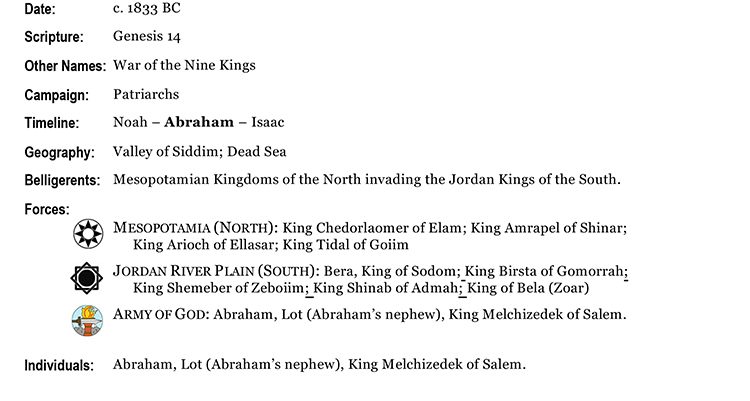
 ANCIENT HISTORY before the Battle of Siddim
ANCIENT HISTORY before the Battle of Siddim
Part of the dispersion of civilizations resulting from the Tower of Babel episode were the peoples of Asia Minor and North Mesopotamia. These were the Semites, Horites and Indo-Iranians. They left their lands and converged on Canaan, forming a new civilization known as the Hyksos.
BIBLE HISTORY – The First Patriarch

Abraham was part of this significant movement of people during the 18th Century BC. He had a revelation that there was one, single God. Due to the dispersion of humanity after the fall and indulgence in paganism, this concept was once again new. So what God was doing was a sort of restoration of His contact with mankind.
Abram may have been an Amorite. His migration story from Ur to Haran (in Syria) and then to southern Palestine follows the general pattern of the Amorite expansion; ironic as the Amorites were five centuries later a fierce enemy of the Israelites.
By blessing Abraham’s family, God would bless the entire world.
Abraham left his home in Haran, the City of Ur to Canaan, the future Promised Land, around 1855 BC.
With the flood, God had eliminated the wicked from the world and left only eight people. After the flood, God said He would never eliminate humanity again. The supreme benevolent act meant God had to do something different to carry out His plan. So this is why now he would take the chosen ones from the wicked instead: by telling Abraham to move.
HISTORY TIMELINE – Abraham’s Migration
Abraham’s migration took him from Ur, the possible site of the garden of Eden to the area of Jerusalem, the future site of Jesus’ crucifixion. So Abraham went from the site where sin entered the world to the site of where sin left the world.
A couple of years later the situation in Canaan was bleak, and Abraham went to Egypt. The Hebrews settled there later on as well. Egypt was a refuge for Israel but a refuge from the world. It was better to stick with God in times of weakness than to seek help there.
Back to Canaan, Abraham established his family, which was the seed of the future nation of Israel. There he was involved in a military action to protect the grazing grounds for his livestock. The Canaanites were vassals of the Hyksos and consequently, Abraham, as a resident of the land had to fulfill obligations towards them in the form of military support. 1
EVENTS IN HISTORY – Mesopotamian Rule
The city states in southern Mesopotamia did not exist coexist peacefully during the early Dynastic Period of the Third Millennium BC. In fact, many pastoral and farming civilizations had already developed as organized states for 1000 years at this time in world history. The Amorites, for instance, were among the first civilizations to establish kingdoms in Mesopotamia.2
 CONFLICT BACKGROUND leading to the Battle of Siddim
CONFLICT BACKGROUND leading to the Battle of Siddim
Abraham had settled in the Promised Land that God had intended for him. This hill country was the best geographical place Abraham could have settled in. His Nephew Lot thought he knew better and decided to go live in another land that he chose on his own by the plains.
The tribes were nomadic and thus implied their self-reliance and autonomy in movement and weapon maintenance. They were well equipped and did not rely on a central point of command or capital at this point. All this gave them, soldier to soldier, a considerable advantage over more professional forces provided the commander instilled great discipline and strong leadership, which we know to be the case with Abraham.
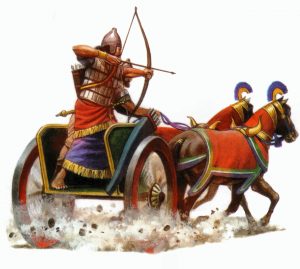 MILITARY HISTORY of the Battle of Siddim
MILITARY HISTORY of the Battle of Siddim
- The Northern forces attacked south through the Valley of Siddim along the King’s Highway; east of the Dead Sea.
- They initially pushed the Southern armies of the Jordan into the tar pits common to that area.
- The North overran and plundered the cities and captured its citizens including Lot and his family. The advance continued south to establish control over the path leading to Eilat, the Red Sea and El-Paran.
- The Mesopotamian armies turned north to continue their campaign of plunder in the region, advancing to Kadesh-Barnea.
- This time their axis of advance was by the opposite side, the west of the Dead Sea. Abraham used all he had – his 318 servants – to fight for Lot. They begin their pursuit of the Northern Kings from the area south of Jerusalem.
- As these marched home, they were intercepted by Abraham near Damascus by the city of Dan.
- Abraham kept the enemy on the move through that route, continuing the attack to Hobah, north of Damascus and defeating King Chedorlaomer’s forces.
It is reasonable to assume that Abraham was outnumbered at least 10 to 1. While the victorious Northern army formations were made up of divisions of equestrians, spearmen, swordsmen, archers and slingers, Abraham’s force was lightly armed.
 NOTHING NEW UNDER THE SUN
NOTHING NEW UNDER THE SUN
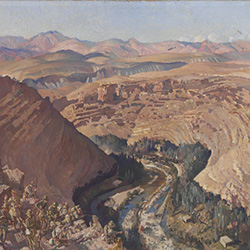
It is logical to assume that the location of this ambush was Barada Gorge, north-west of Damascus, as this is where the highways converge; the same location where, in World War I, September 1918, the famous Australian Mounted Division ambushed and destroyed the Turkish Fourth Army in retreat.
Given their inferior numbers, the element of surprise was their primary tactic. They opted to divide their forces and mount guerrilla type night attacks. A surprise attack from many sides may have deceived the Mesopotamians into thinking their attacker was greater than it was. Abraham accomplished his mission when he liberated his goods, Lot and the captives.
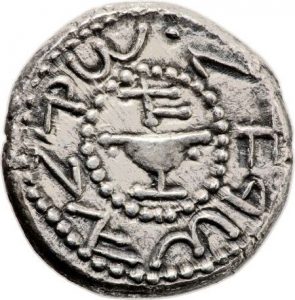 BIBLE HISTORY AFTERMATH of the Battle of Siddim
BIBLE HISTORY AFTERMATH of the Battle of Siddim
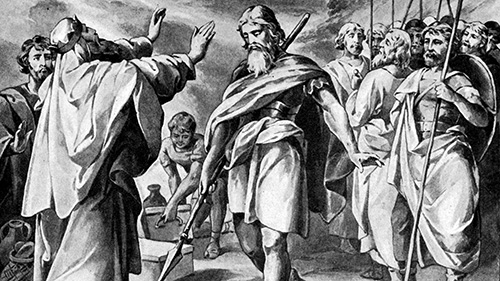
The Southern Kings were pleased with Abraham’s incredible turning of the tide of war. King Melchizedek of Salem, a priest of God, blessed Abraham who offered him a tenth of the plunder. King Bera of Sodom, came to Abraham and, in gratitude, persuaded him to instead take home the plunder to which Abraham declined.
After the War of the Nine Kings, God mad a covenant with Abraham at Beersheba and appointed him as the father of a great nation (Genesis 22).
Abraham’s nephew, Lot, escaped from Sodom with his family and God used a hailstorm to destroy it, along with Gomorrah, due to the unrepentant sin existing there. One theory on the destruction is an air burst; this is when a comet disintegrates before hitting the Earth. A superheated shockwave, which would have had the same effect as a nuclear explosion, then hits the city. This way there was destruction with no trace of the cause. There would have been a colossal mushroom cloud which is described as the dense smoke Abraham saw. The destruction of these cities of the Jordan Plain, the cities of the Jordan Plain may have resulted in the transformation of the area of Siddim into the salt sea known today as the Dead Sea.
In antiquity, there have been other settlements that have seemed to disappear or be destroyed overnight. Teotihuacan, in the valley of Mexico, for instance, grew rapidly but then was destroyed. It is unknown if this was due to invasion or droughts or anything else but the result is the same: an evil society was wiped out.
Scientific explanations for the destruction do not affect the premise that God had a hand in it. God uses nature (and science) that He created for His purpose.
Lot’s committed incest with his daughters and out of that was born Moab and Ammon. These were the patriarchs of Israel’s future long life enemies the Moabites and Ammonites. Along with the Edomites, these nations laid where the country of Jordan is today.
Moab: Jordan region east of the Dead Sea.
Ammon: Jordan; region around the capital Amman.
Edom: Jordan southern region south of the Dead Sea.
 SPIRITUAL WARFARE in the Battle of Siddim
SPIRITUAL WARFARE in the Battle of Siddim
ANCIENT WARFARE – The Backing of God
The professional soldier was already well established at this time in history 3. Abraham distinguished his small force from the opposing regular fighting men in both opposing forces. The armies of any of the nine kings were experienced and well organized. Moreover, Abraham and his elite force of 318 were non-aligned with any of the five kings. He used his faith:
- His force was heavily outnumbered
- The force he did have was not even made up of regular soldiers.
- His force was an elite one only because he had God behind him.
SPIRITUAL WARRIOR – Abraham’s Non-Alignment
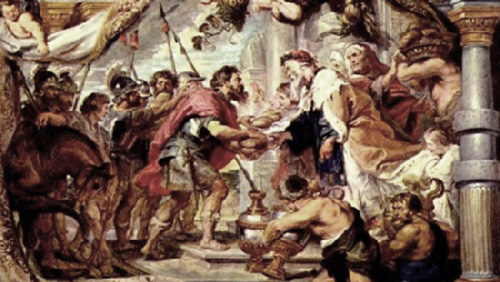
Although the practical objective was to free the Cities of the Jordan plain from the Mesopotamian rule, God’s agenda was for Abraham to rescue Lot’s family. So the fact that the kings of the Jordan plain were victorious, this was so because Abraham was fighting on their side (even though he and his 318 men were not under their command). Abraham made a point that he was not under them when he refused to take plunder from the battle. This action is salient for two reasons, one worldly and one spiritual. He refused the plunder so that:
(a) He could keep his reputation of independence and neutrality (as no one would say that one of the kings made him rich) and
(b) he was giving this tithe to God via the priest of God most high Melchizedek 4
King of Salem 5. The episode was the first instance where Scripture mentions tithing and the elements of communion; long before Jesus and even before the Law of Moses.
IGNORING the SPOILS
The plunder was from the cities of Sodom and Gomorrah, which were the places that God had forbade Abraham to settle in. The fact that Abraham refused this plunder showed:
(a) his obedience to God’s initial boundaries and
(b) his independence from pagan Kings and testament to reliance on God’s provision.
This surrender of power to God is also evident at the siege of Jericho (Joshua 5:13-15) where Joshua encountered an angel of the Lord and immediately put himself under his authority to command the troops.
HISTORY OF THE BIBLE – The First Tithe
This episode is the first record of tithing in Scripture. By bringing the offering to Melchizedek, Abraham was bringing honour to God. Melchizedek is a representation of Jesus. He was the high priest just as Jesus is the high priest who brings our tithes to God. Of course, God does not receive the physical supply – money, time, gifts – that we bring Him. What God receives is the honour. Honour is given through physical action.
The FIRST COVENANT
God had an unspoken covenant with Adam and Eve and a symbolic one with Noah. The covenant with Abraham was the first one actively initiated by both parties, as in a contract.
Abraham had to walk between the halves of animals to make the covenant with God. A Hittite text from Anatolia, dated after the mid-2nd millennium BC, also records this ritual.
The main differences between the Abrahamic covenant and that of other eastern cultures were:
(a) In the other nations, the focus was on what the vassal state (here a parallel to Abraham) was promising their master. In Abraham’s covenant, the focus was on what God promised Him.
(b) For the other cultures, the animals cut in half represented what would happen when failing to keep a covenant. For the Hebrews, with the passing of the torch between the animals, it meant God would rather die before He broke the covenant.
ANCIENT HISTORY – Intercession for Sodom
In Genesis 18 we see Abraham asking God to spare the wicked city of Sodom. Abraham pleads with God who promises not to destroy the city if He could find fifty righteous people there. Abraham continued asking mercy for the city and negotiates God down to forty-five, forty and eventually ten men.
Intercession is standing in the gap in place of another who has provoked judgement on themselves (and the actual execution of that judgement). It is the prayer to hold back judgement.
It is extraordinarily powerful because we are partnering up with God in prayer and it moves things otherwise blocked. In the New Covenant and Dispensation of Grace we live in (the Church Age), we pray in tongues and the Holy Spirit joins in with us. We are not interceding for ourselves, but it is through us (by praying in tongues) that the Holy Spirit intercedes for us or others. The unction for this prayer must come from the Holy Spirit and not by one’s own will.
Prayers cannot make people change. They can stack the shelves with answers, but these have to be seen by those who have eyes (Matthew 11:15). The choice is the person’s. God is a gentleman and does not violate a person’s will. If He did, then He would have done it all around, and everyone would be saved and not go to Hell.
The episode of the destruction of Sodom is also a great insight into how angels operate. Angels are on assignment and do not have permission to give them slack or forgiveness. An example is in Genesis 19, where Abraham intercedes for Sodom but once God has sent out the path of destruction the angels could not slow, accelerate or change it. Angels were there to protect Lot’s family as they left the city, but when she chose to disobey, they could not protect her anymore because she had chosen to wander off the path.
BIBLE PROPHECY – Open House Tour
Perhaps one of the reasons this battle spread from the very southern to the very northern confines of the future Promised Land was because God had commanded Abraham not to settle down in that land but to travel as a nomad throughout the land. God wanted Abraham to know his promise, to know the future Promised Land of his people, to know the promise before the promise had manifested.
 BIBLE BATTLE on LOCATION around the Battle of Siddim
BIBLE BATTLE on LOCATION around the Battle of Siddim

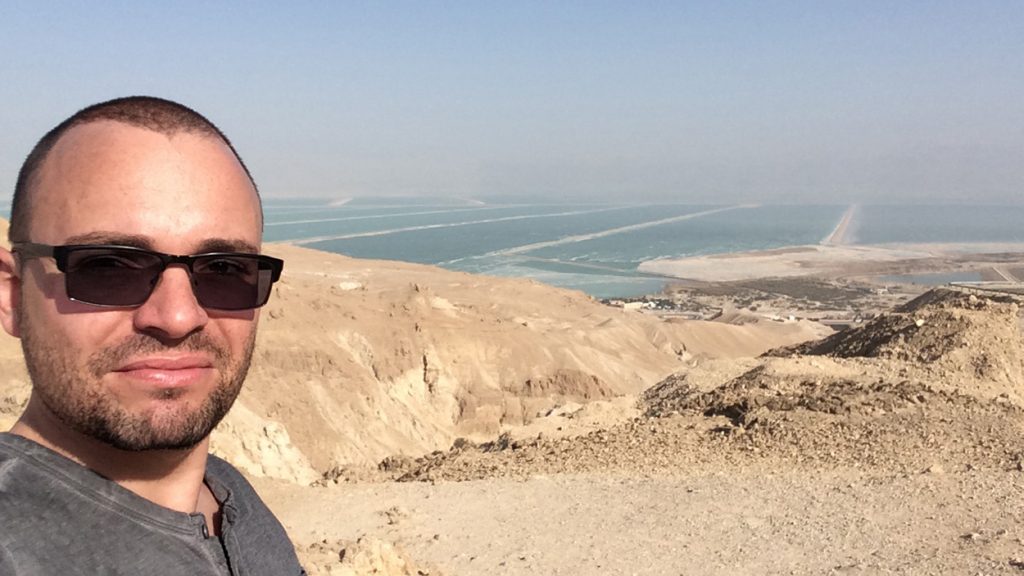
SOUTHERN DEAD SEA; IN ABRAHAM’S TIME PROBABLY JUST A DRY DEPRESSION WITH TAR PITS

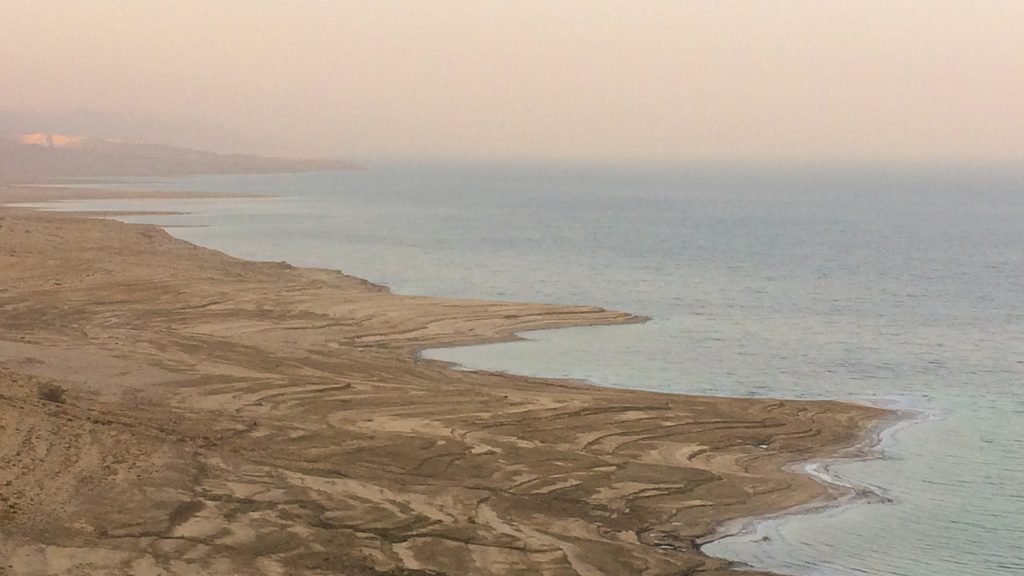
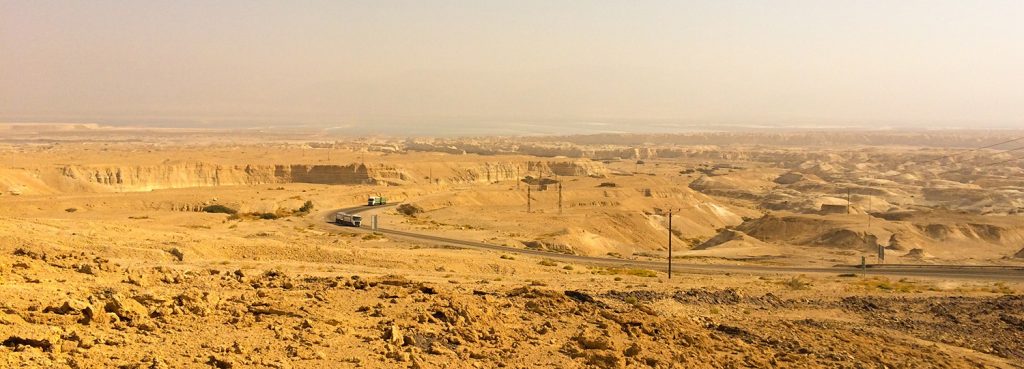
WEST OF THE SEA WHERE MESOPOTAMIANS MARCHED NORTHWARDS AFTER PLUNDER CAMPAIGN
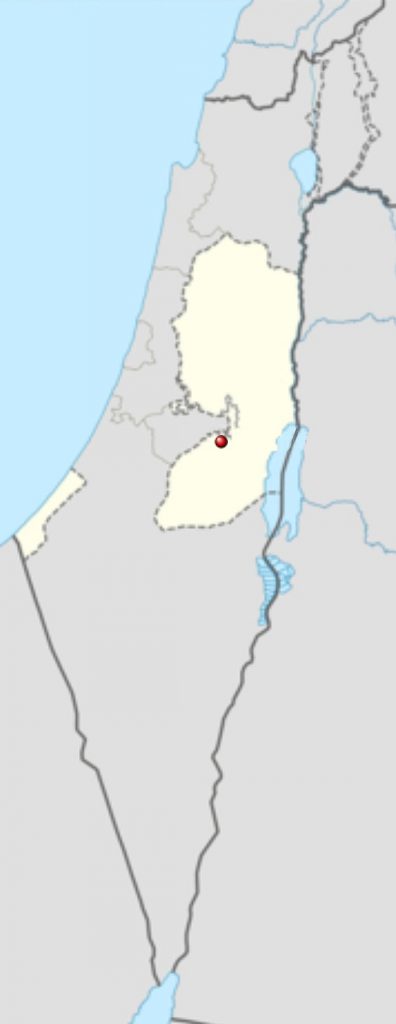
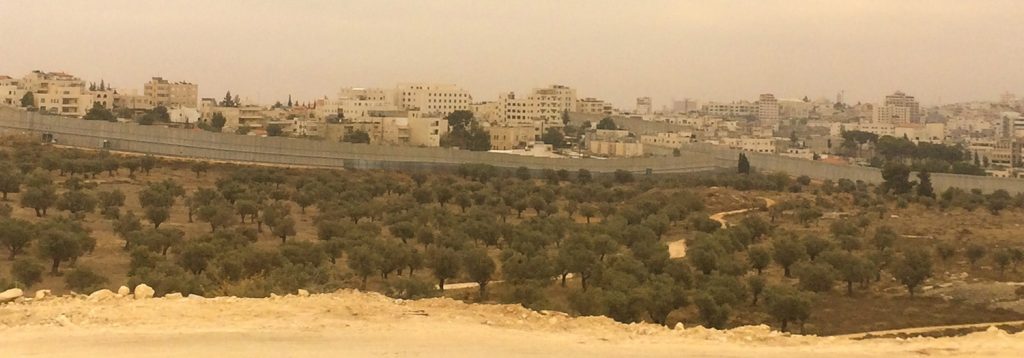
SOUTH OF JERUSALEM; ABRAHAM WAITED WITH HIS MEN; TODAY IN WEST BANK
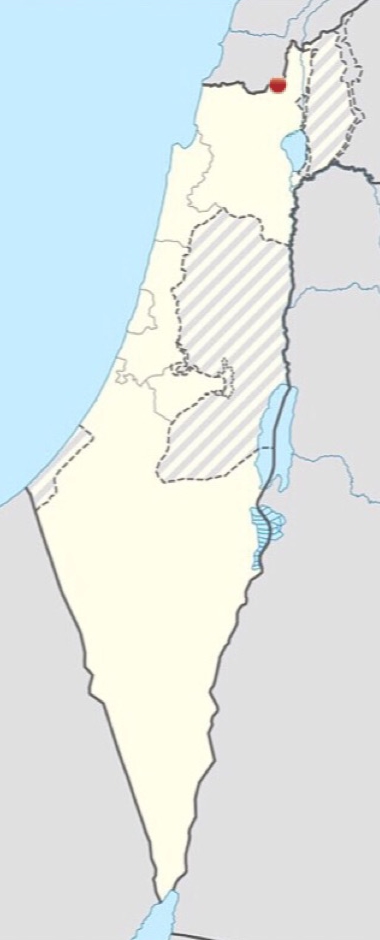
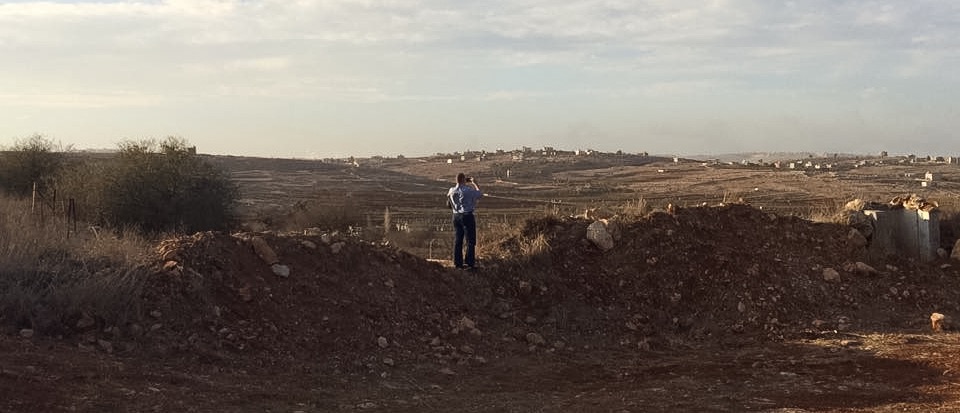
LEBANESE BORDER; AREA CLOSE TO CITY OF DAN WHERE ABRAHAM ATTACKED MESOPOTAMIANS
 WORLD HISTORY TIMELINE at the Battle of Siddim
WORLD HISTORY TIMELINE at the Battle of Siddim
Events in History
Below is a history of the World timeline pertaining to the Ancient Middle East joined with the history of the Bible.

This world history timeline shows ancient calendars dates prior to 664 BC based on Rohl’s New Chronology. For a detailed explanation on the coherence of the Bible history timeline with other ancient history events please refer to our chapter “Chronological Discrepancies” for clarification.
- The practice was similar to the concept of phalanx which reached its height during the Macedonian Era later.
- As discovered in the Mari Archives in Syria: 25,000 clay tablets constituting the diplomatic documents of a kingdom.
- The first standing army of Sumer in Mesopotamia, between 2600 and 2350 BC.
- Melchizedek: “king of righteousness” (Hebrews 7:1-2).
- Salem: peace (Hebrew shalom).
- Gen. 14:20. Trevor M Chase
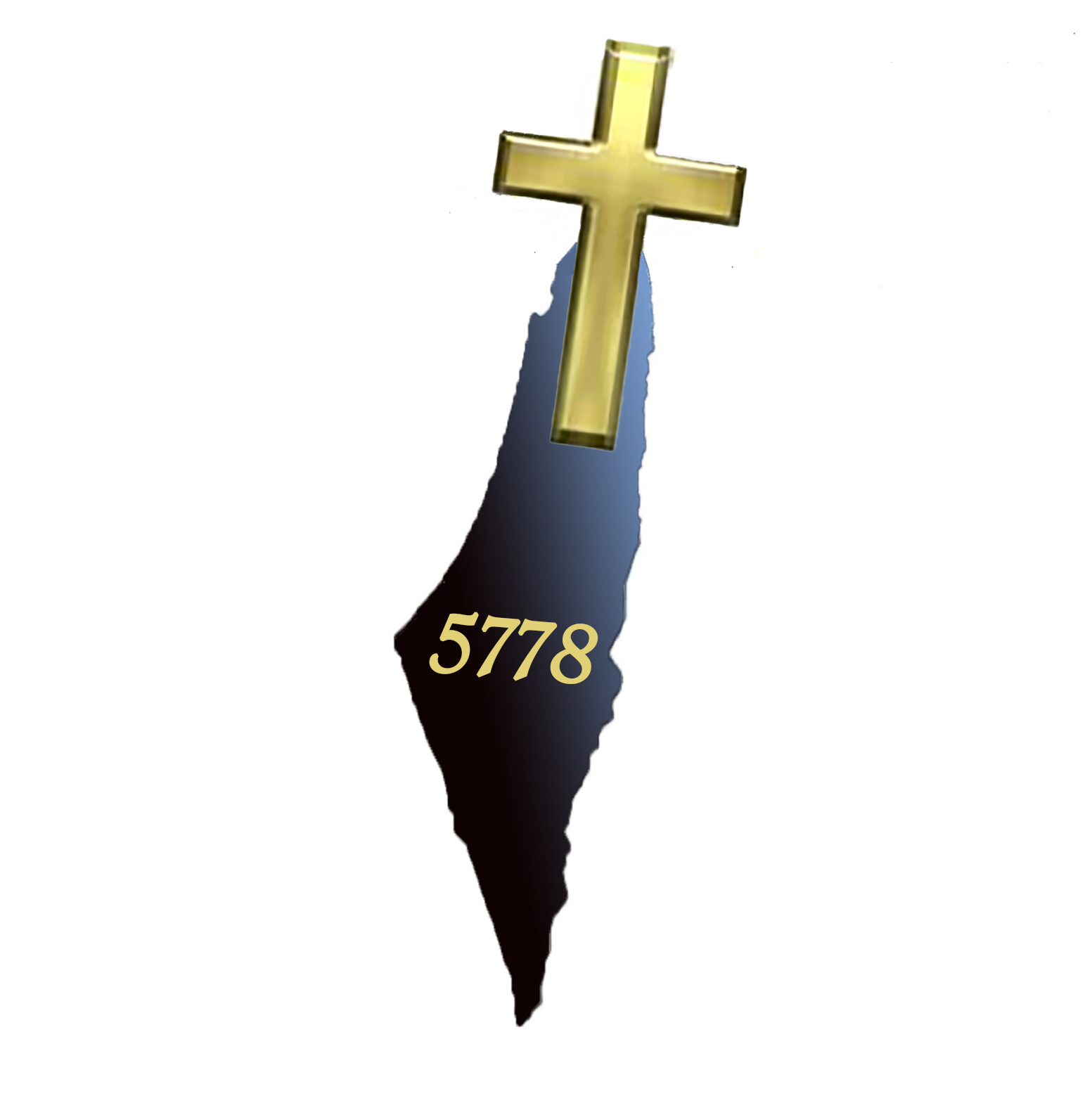
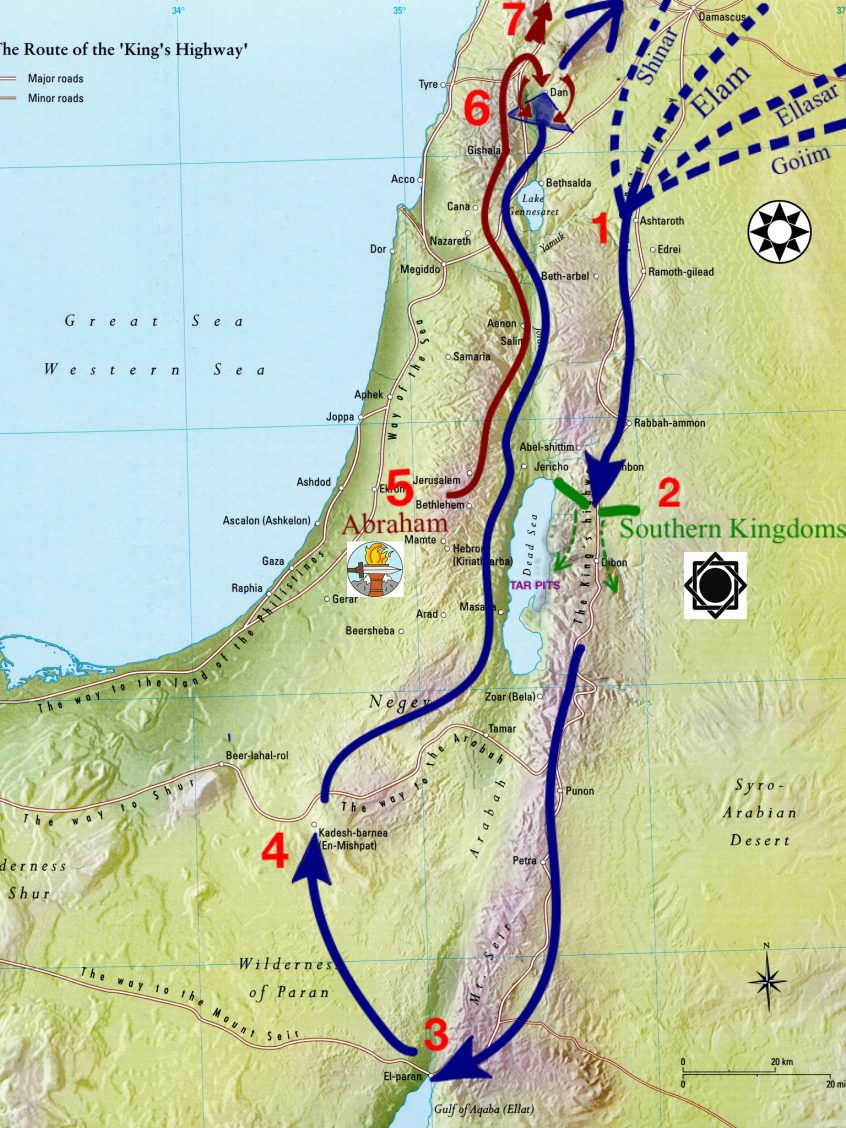


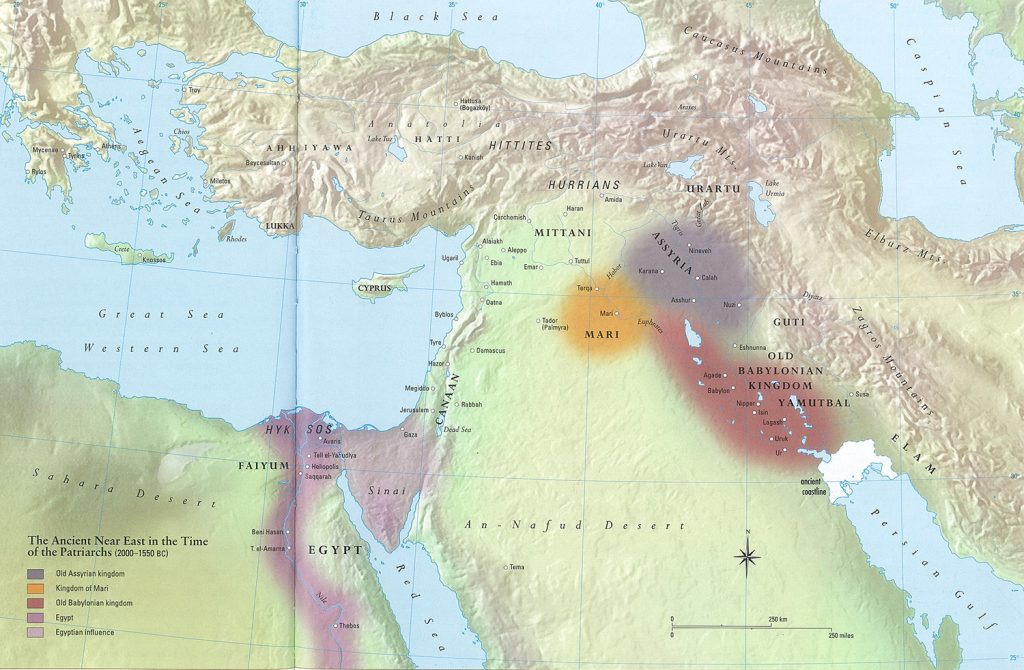


5 Comments on “Battle of SIDDIM | Genesis 14; Abraham rescues Lot; War of Nine Kings; Sodom and Gomorrah”
Pingback: INDEX - CONTENTS - Gods War Plan | Best Bible Battles & War Strategy
Pingback: The BATTLE of JERICHO - Gods War Plan | Best Bible Battles & War Strategy
Pingback: Preparation for Total War - Gods War Plan | Best Bible Battles & War Strategy
Pingback: War is always real, always relevant, always there - Gods War Plan | Best Bible Battles & War Strategy
Pingback: How the Nations Began; Noah's sons; Table of Nations